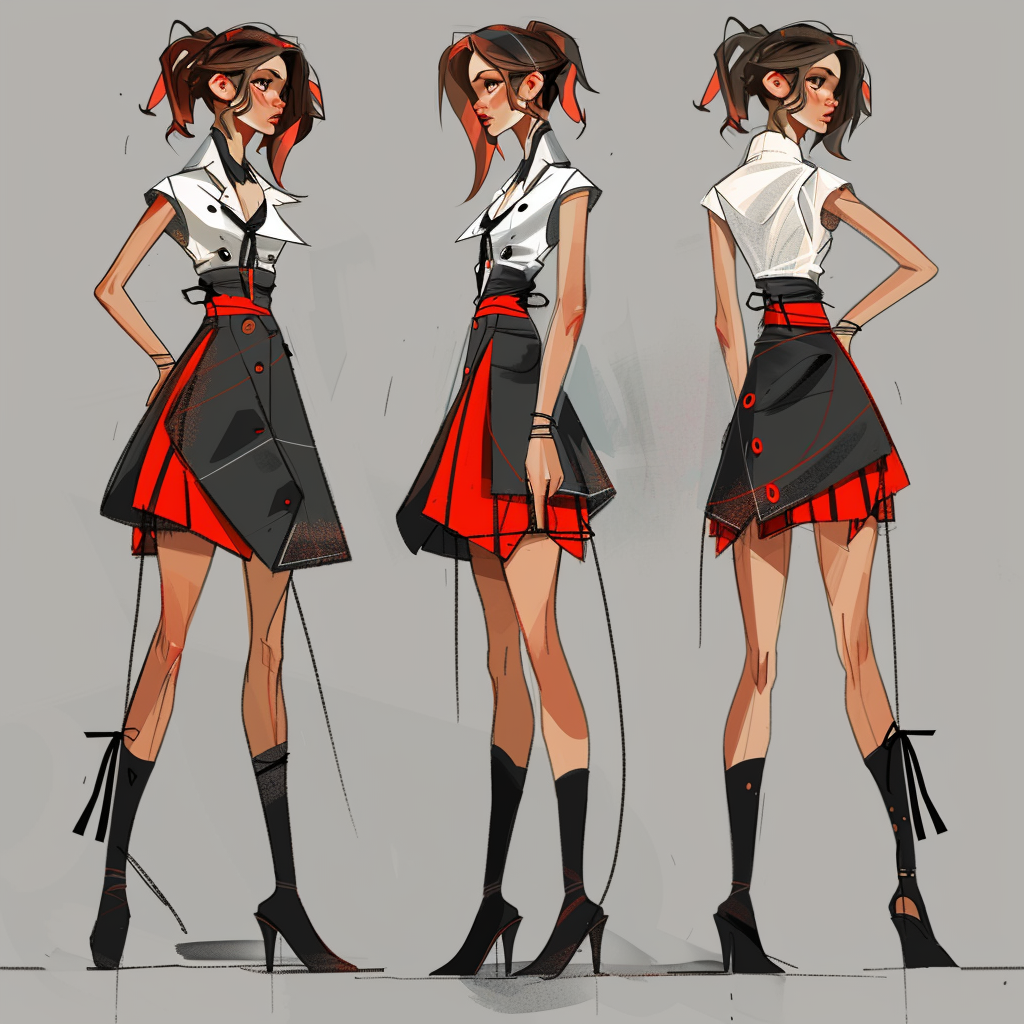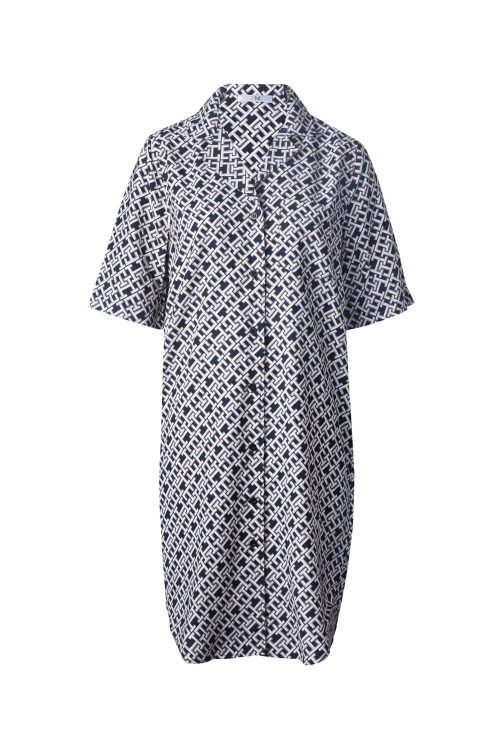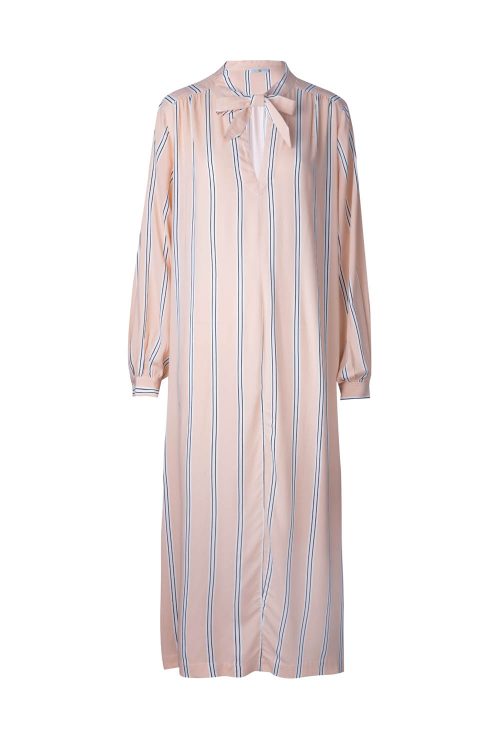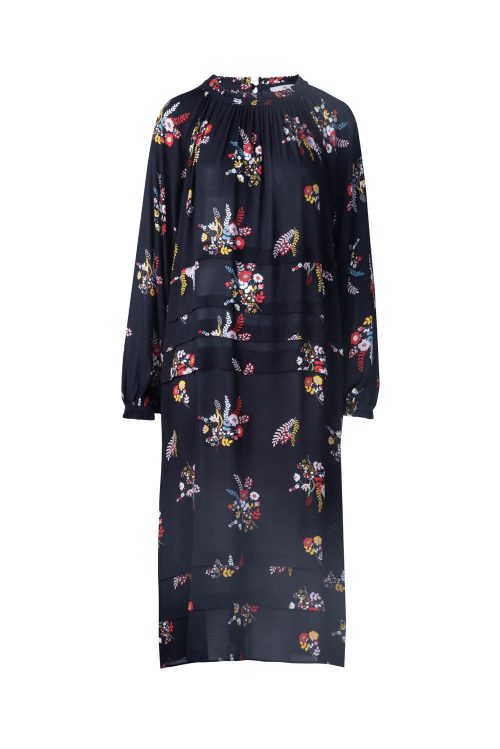
Introduction to OEM Women’s Clothing
The fashion industry continually evolves, with Original Equipment Manufacturers (OEM) playing a pivotal role in the production and design of women’s clothing. OEM refers to companies that produce goods under a brand owner’s label, combining expertise in manufacturing with the creative visions of fashion designers.
Definition of OEM
In the context of women’s clothing, OEM companies are responsible for the fabrication and sometimes the design of apparel that other companies market and sell. This partnership allows brands to leverage specialized manufacturing capabilities to ensure high-quality, fashionable clothing.
Relevance in the Fashion Industry
OEM is crucial in women’s fashion because it enables brands to scale quickly without compromising on the quality of their garments. By outsourcing to OEMs, fashion brands can focus more on design and marketing, leaving the technicalities of production to experienced manufacturers.
Benefits of OEM for Women’s Clothing Brands
OEM partnerships provide several advantages, including the ability to produce diverse clothing lines and manage costs effectively.
Customization Options
OEMs offer extensive customization capabilities, allowing brands to request specific fabrics, designs, and finishes. This flexibility is essential for fashion brands that want to maintain a unique identity in a competitive market.
Cost-Effectiveness
By outsourcing production to OEMs, fashion brands can reduce overhead costs associated with manufacturing facilities and equipment. This cost reduction is particularly beneficial for startups and small to medium-sized enterprises that may not have substantial capital.
Design and Manufacturing Process
The collaboration between fashion brands and OEMs is a finely tuned process that ensures every garment meets the brand’s standards and vision.
Design Innovations
Fashion brands often work closely with OEMs to incorporate innovative design techniques and materials into their products. This collaboration can lead to the development of unique garments that stand out in the marketplace.
Quality Control in Manufacturing
OEMs maintain strict quality control procedures to ensure that the final products adhere to the brand’s quality standards. Regular inspections and audits are part of the process to prevent defects and ensure consistent quality across all products.
Trends in OEM Women’s Fashion
OEMs not only respond to current fashion trends but also help set them by enabling brands to experiment with new materials and styles more readily.
Current Fashion Trends
OEMs are quick to adapt to changing fashion trends, which allows brands to bring contemporary designs to the market swiftly. This responsiveness is crucial for staying relevant in the fast-paced fashion industry.
Eco-Friendly Practices
There is a growing trend towards sustainability in fashion, and OEMs are increasingly adopting eco-friendly practices. This includes using sustainable materials, reducing waste, and improving supply chain transparency.
Challenges Facing OEM Women’s Clothing
Despite the benefits, there are several challenges associated with OEM manufacturing in the women’s clothing sector.
Supply Chain Issues
Global supply chains can be complex and unpredictable, affecting the timely delivery of materials and finished products. This complexity can lead to delays and increased costs.
Quality vs. Cost
Balancing the cost of production with quality output is a significant challenge. There is a risk that manufacturers might cut corners to keep prices low, potentially compromising the quality of the clothing.
Selecting the Right OEM Partner
Choosing the right OEM partner is critical for fashion brands that want to ensure their clothing lines succeed.
Criteria for Selection
Factors to consider include the manufacturer’s reputation, capacity to innovate, adherence to quality standards, and their commitment to ethical practices.
Best Practices
Best practices involve conducting thorough due diligence, visiting manufacturing sites, and establishing clear communication channels to ensure that both parties understand the expectations and requirements.
The Future of OEM in Women’s Fashion
The future of OEM in women’s clothing looks promising, with continuous innovations and an increasing focus on sustainability driving the industry forward.
Technological Advancements
Advancements in technology, such as automated sewing and 3D printing, are set to revolutionize OEM manufacturing, leading to greater efficiency and customization options.
Market Predictions
As consumer demand for personalized and sustainable fashion increases, OEMs will play an even more critical role in the industry, helping brands meet these demands effectively.
FAQs
What does OEM stand for in women’s clothing manufacturing? OEM stands for Original Equipment Manufacturer, referring to companies that produce apparel under the label of other fashion brands.
How do OEMs benefit women’s clothing brands? OEMs allow brands to focus on design and marketing while providing cost-effective, high-quality manufacturing solutions.
What should brands look for when selecting an OEM partner? Brands should look for OEMs with a strong reputation, innovative capabilities, a commitment to quality, and ethical practices.
What are the current trends in OEM women’s fashion? Current trends include responsiveness to fast-changing fashion demands and a shift towards more sustainable manufacturing practices.
How is technology impacting OEM manufacturing? Technology is improving efficiency, reducing waste, and enabling more customization in clothing manufacturing, which helps brands align better with market needs and consumer preferences.




